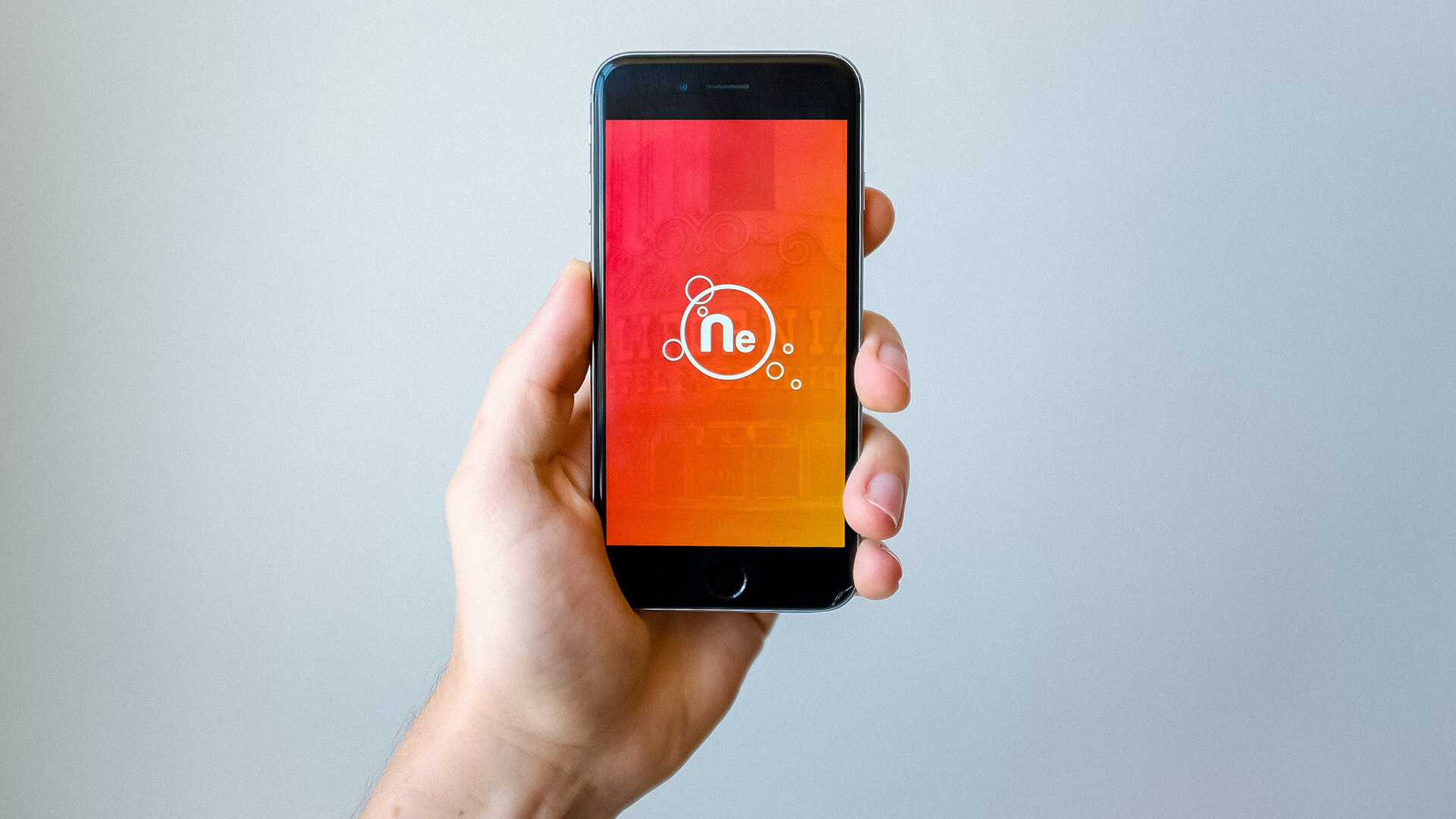
Online banking is so yesterday. Today's consumers have more ways to spend, manage, and invest money -- and they're just a tap away. The mobile revolution is changing how we interact with money, removing friction and putting relevant information into the palms of our hands. The financial services technologies powering this shift are known as FinTech. As a financial advisor, it's in your best interest to understand this trend along with how your clients are using their smartphones, tablets, and computers to manage their wealth.
For example, your clients today are much less likely to step foot into a brick-and-mortar bank than those of yesterday year. In fact, according to Centric Digital, almost 40 percent of Americans haven't visited a bank branch or credit union in the last six months. This trend is especially notable among younger customers who are right at home using technology and apps to manage their lives.
What does that mean to you? While you may not work in a bank, getting younger consumers to meet with you in your office may become more challenging. These consumers expect to be able to interact digitally. This doesn't necessarily mean you must develop your own custom app, but it should prompt you to think about incorporating some self-service tools on your website such as online scheduling or an informative educational video library. Likewise, you might consider using Skype or a similar video chat service to meet one-on-one with your technically savvy prospects and clients.
As the saying goes, "the millennials are coming." Not only is this generation comfortable with technology, it has its own defining characteristics that affect their relationship with money:
What does this mean to you? If you're targeting this demographic, you may want to reexamine your product offerings. For example, do you have any socially conscious investments in your mix? You might also look at different marketing channels to generate leads and interact with your audience, especially digital and mobile ones.
Meanwhile, robo-advisors and robotic process automation are also coming. These automated online investment management services already exist but, according to Deloitte, are being further driven by fiduciary standards and regulations. Likewise, more firms are utilizing robotic process automation to more efficiently handle recurring, manually intensive tasks such as regulatory compliance and client onboarding.
What does this mean to you? While the thought of computer algorithms dispensing financial advice to clients may keep you up at night, automation isn't always a bad thing. Look for tools that can free your time from menial tasks so that you can spend more time on high value interactions.
Speaking of high value interactions, personalized services are becoming even more crucial to the success of financial services providers. Circling back to the banking industry, Centric Digital notes that those with incomes above $75,000 visit bank branches more often than those with incomes under $30,000, presumably because they require more personalized services. Meanwhile, 58 percent of millennials have said they'd welcome proactive recommendations from their bankers.
What does this mean to you? Your high income clients should respond well to personalized services while your millennial clients are likely to be receptive to your guidance. Whether interacting in person or via technology, your ability to listen and tailor your responses accordingly is an asset. Complement this asset with the right FinTech tools such as data analytics software, which can help you to better understand your client base as a whole as well as drill down into individual characteristics.
FinTech is changing the financial services industry, driven in large part by millennials. Financial services firms that have the ability to anticipate demographic shifts, work more efficiently, and comply with a host of ever-changing regulations will likely have the competitive advantage over those that don't.
Sources:
"2017 Investment Management Outlook | Deloitte US." 2017. Accessed August 15.
"Digital Transformation in Banking | Centric Digital." 2017. Accessed August 15.
"Top 5 Digital Transformation Trends In Financial Services." 2017. Accessed August 15.
More articles related to: Industry Trends
These Stories on Industry Trends